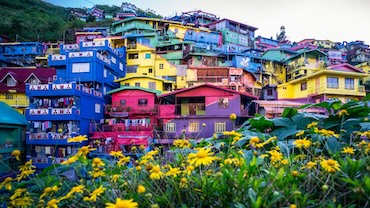
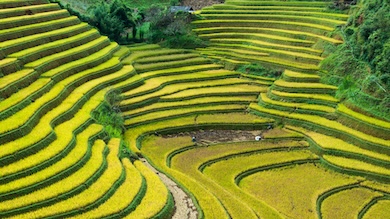
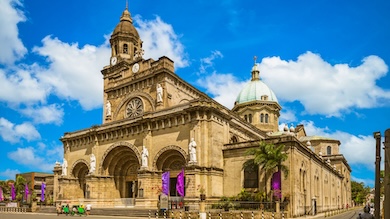

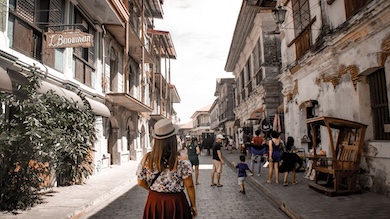
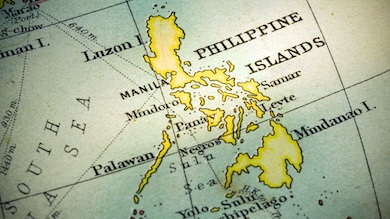
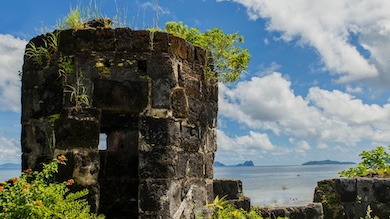
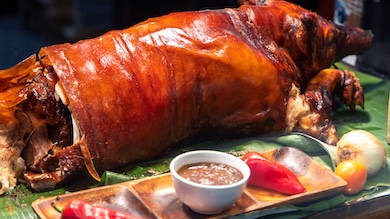
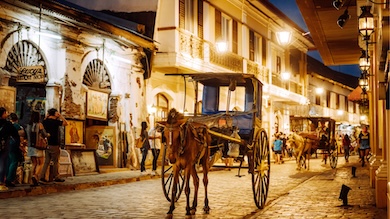
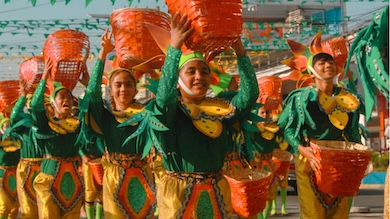

Understanding Filipino Society: Culture, History, and the Filipino Way of Life
Whether you're a traveler, expat, or retiree, understanding Filipino society will transform your experience of the Philippines. This isn’t just a country of scenic islands—it’s a nation built on shared values, close family ties, deep faith, and a living history that still shapes everyday life.
Filipino society is rooted in its people and its past—but also shaped by more recent forces like politics, education, healthcare, and migration. While family remains the foundation, other social systems play a growing role in how people live, work, and relate to one another. Faith—especially Catholicism—still influences national holidays, local festivals, and daily decisions, but modern pressures are reshaping what it means to be Filipino today.
This hub page begins that journey by focusing on two essential pillars: Culture in Everyday Life and A Brief History of Time. These aren’t just background details — they provide a foundation for understanding how Filipinos live, celebrate, and see the world today.
Monthly Newsletter

Find out what’s happening in the Visaya region: Places in focus, Live in the Philippines updates, dive trips, local news and weather.

In Focus – Filipino Society: Articles looking deeper at the systems shaping life in the Philippines today. These articles build on the cultural and historical foundations, exploring how modern pressures are reshaping what it means to live — and belong — in Filipino society.
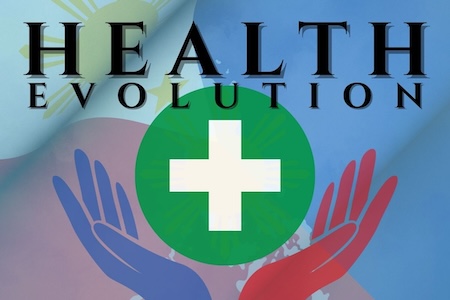
From colonial clinics to modern hospitals — how Philippine healthcare has changed, and why access is still a challenge today.

How power works in the Philippines — from national institutions to barangay halls, and what it means for expats.

Filipino Culture: More Than Just Traditions
Filipino culture isn’t something you simply observe—it’s something you experience. It’s in the warmth of the people, the strength of family ties, and the deep respect for heritage. While festivals, music, and food are defining aspects, the true essence of Filipino culture lies in how people connect, support one another, and embrace their shared values.
What makes Filipinos so welcoming? Why is family such a powerful force? How does faith shape daily life? These cultural values influence everything from celebrations to everyday interactions, creating a society that is both deeply rooted in tradition and open to change.
To truly understand Filipino culture, it’s worth exploring the customs, beliefs, and traditions that continue to shape the nation today. Let’s take a closer look.

What culture really means in the Philippines — not just traditions, but how people live, believe, and connect.

A History That Lives in the Filipino Spirit
The Philippines is more than its past—it’s a nation where history still shapes daily life. From Spanish churches to American influences, every era has left its mark. But beyond colonial legacies, the Filipino spirit remains strong, resilient, and deeply proud.
How did centuries of foreign rule shape Filipino identity? Why do past struggles still influence modern values? What makes history here feel so alive?
Philippine history isn’t just about remembering—it’s about understanding how the past continues to define the present.
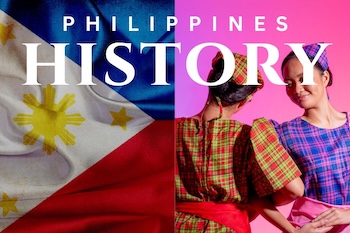
From pre-colonial kingdoms to independence, explore the key events that shaped the Philippine nation.

Frequently Asked Questions
Why is understanding Filipino society important for expats and long-stay visitors?
To truly enjoy life in the Philippines, it's essential to understand the values that shape Filipino society—like strong family ties, deep faith, and respect for community. These aren't just cultural traits—they influence how people interact, celebrate, work, and even solve problems. Whether you’re planning to retire here or stay long-term, knowing how society functions helps build better relationships and makes everyday life smoother and more rewarding.
How has Philippine history shaped modern Filipino identity?
Centuries of colonization, resistance, and reform have deeply shaped Filipino identity. Spanish rule introduced Catholicism and family-based governance, while American occupation brought education, democracy, and English fluency. Even today, traces of these histories can be seen in politics, religion, and national pride. Understanding this living history helps explain why Filipinos value resilience, family loyalty, and hospitality—traits that continue to define the country’s modern-day character.
What makes Filipino culture unique in everyday life?
Filipino culture blends tradition and adaptability. It’s expressed not only in festivals, music, and food, but in how people relate to each other—with warmth, humor, and respect. Family is at the core of daily life, and faith shapes everything from holidays to habits. Unlike many places, culture in the Philippines isn’t just celebrated—it’s lived, making each interaction part of a deeper shared experience.
Support Live Life The Philippines
If this site has helped you, consider buying a coffee to show your support. It’s built from firsthand experience and offered freely to anyone exploring life in the Philippines.

This project is 100% independent, ad-free, and powered by curiosity (and coffee). If you're enjoying the work, I'd love your support.
Note – Buy Me a Coffee was created for people who want to support the work of independent creators. It offers secure, encrypted checkout with Apple Pay, Google Pay, and other trusted methods — no account needed.

Sign-Up and Stay Connected with Our Monthly Newsletter!
Instant Access: Retiree & Expat Budget Spreadsheet
Plan your income and expenses for life in the Philippines with this simple tool — compatible with Google Sheets and Microsoft Excel.
Subscribers receive it immediately in the welcome email.
Every month, receive exclusive updates on life in the Philippines:
Dive In – A breakdown of the dives I’ve done this month—where I went, what I saw, and the conditions.
Plan Your Next Trip – Where I’ve been recently or where I’m heading next, with travel tips, experiences, and insights.
Stay Informed – The latest updates on expat life and living in the Philippines — all in one place to keep you in the loop.
Be Prepared – Weather updates and seasonal insights to help you plan ahead.
Don’t miss out—get firsthand updates and real insights delivered straight to your inbox!
*We respect your privacy. Your email is safe with us and will only be used to send our monthly newsletter. Every subscriber receives our free Excel Budget Planner as a welcome gift. We use Mailchimp for secure, reliable delivery. You can unsubscribe at any time.*
Back to Top